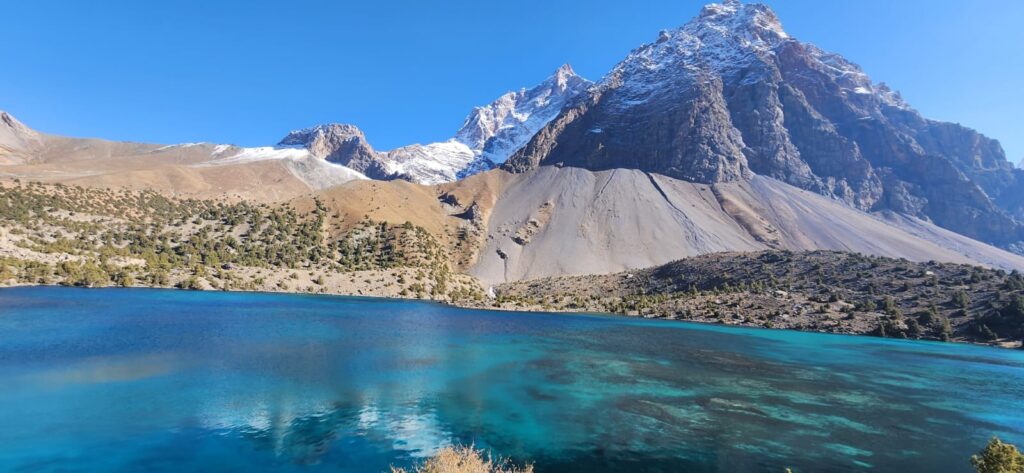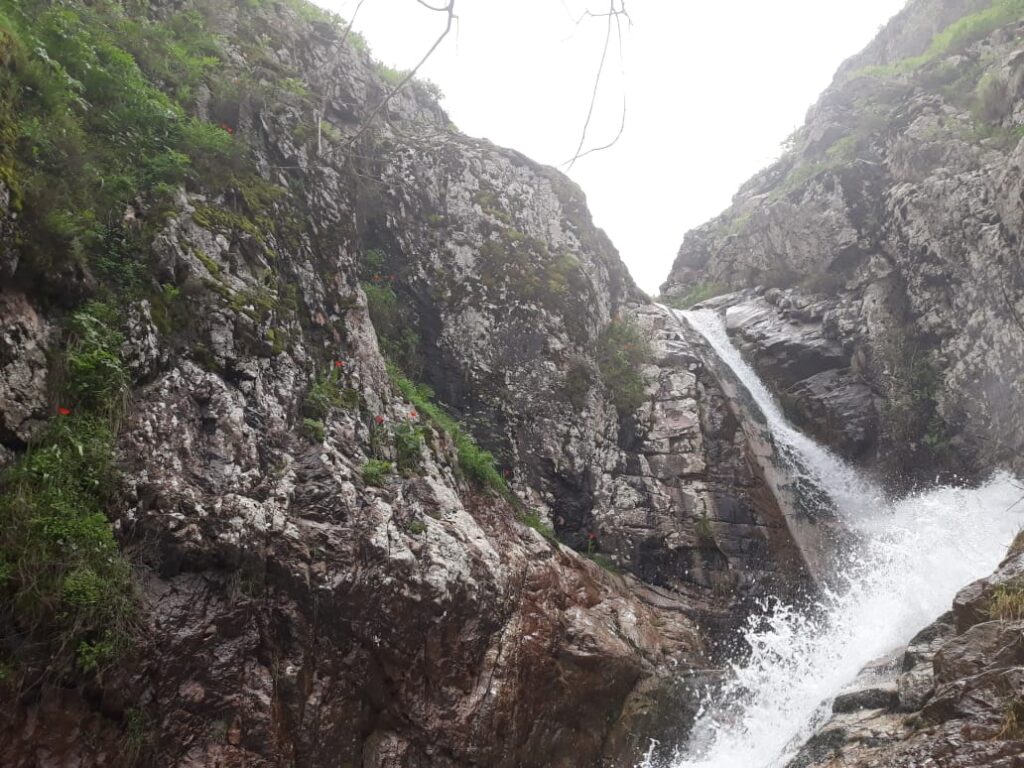In southern Tajikistan, along the lower reaches of the Panj and Amu Darya, there are marshy patches, reed belts, and seasonally flooded meadows. To wander through these wetlands in spring is to step into one of the great migratory highways of Central Asia: a place where birds pause to rest and refuel before continuing across deserts, mountains, and continents. The wetlands are narrow, fragile, and defined by water’s pulse. For Tajikistan, they represent critical nodes in a flyway, even though many lie outside formal reserves. Their geography is shaped by rivers, floods, and human use, and their future depends on how well those pulses are understood and preserved.
The wetlands occur mostly in the lower floodplain zones where rivers overflow their banks during snowmelt and flood seasons. These periodic inundations create shallow basins, marshes, and backwater channels where water lingers through summer. Reeds, grasses, sedges, and aquatic plants colonize the edges, creating a mosaic of habitat. For migratory birds such as waterfowl, waders and shorebirds these wetlands are hydration points, feeding grounds, and rest stages. Their timing matters: if floods recede too early or water draw occurs too heavily, the habitat shrinks too soon.
Wetland distribution is tightly bound to geomorphology. In low-lying alluvial plains, levees and meander scars form irregular basins that naturally trap floodwater. In others, cutoffs from older river channels leave abandoned depressions that fill in wet years. In some sectors, the river has built natural levees that protect interior wetlands from regular flooding, reducing scour but also limiting renewal. Downstream of dams, however, flood pulses are truncated, and natural mechanisms for wetland refilling weaken.
Wetlands for migratory birds are ecological pauses in the geography of movement. They exist only where flood, relief, and river dynamics combine and those combinations are increasingly under pressure from altered flow regimes.
In the Panj floodplain near Khatlon, one of the more important wetland zones, local ornithologists record migrations of ducks, storks, herons, and sandpipers each spring. Some seasons see thousands of birds; in drier years, only a few hundred. One researcher said, “The wetlands breathe in water and birds. When they shrink, both sense the stress.” The capacity of these wetlands to support migrating populations is tightly linked to water levels, vegetation structure, and connectivity to deeper channels.
Rivers upstream supply the lifeblood. Snowmelt and glacial melt contribute floods; as climate warms, these sources shift. Dams alter the timing, volume, and sediment transport, reducing flood magnitude. Irrigation drawdown further reduces water that might otherwise spread into wetlands. In areas where water is over-allocated for fields, wetlands are the first to lose. In some cases, canals intercept floodwaters that once spilled into marshes, further isolating wetland zones.
Habitat fragmentation is real. As wetlands shrink, the remaining patches become islands in a dry matrix. Birds may still reach them, but their utility diminishes-reduced food, increased predation, and greater energetic cost for foraging. Small wetlands may no longer support large flocks; migratory birds may bypass them entirely, preferring larger, more reliable sites. In bird surveys over the 2000s, some Tajik wetlands saw declining species count despite otherwise healthy river systems (Shultz et al., 2012).
Some adaptation is occurring. Local stewardship by communities involves seasonal closure of certain wetland patches during critical breeding or migration periods to reduce disturbance. In some cases, grazing near wetlands is controlled to prevent vegetation trampling or overuse of shallow edges. In a few pilot projects, channels are being reconnected to wetlands by cutting small link channels or modifying levees to allow floodwater ingress. These efforts are small but reflect geographic awareness: reconnect the hydrologic fabric, and wetland habitat can revive.
Wetland restoration uses simple geography-based approaches. Designers seek low-relief zones close to rivers and past floodplain edges. They use topographic surveys to identify shallow basins that can hold water with minimal intervention. In some cases, minor earthworks re-excavate silted depressions, deepen them slightly, or cut small inlets. At Kulyab, an experiment was carried out by digging a shallow canal into a remnant wetland to allow seasonal recharge from the Panj during high flow. Birds responded quickly, reappearing within a season. These interventions echo the natural pulses that once shaped the wetland in the first place.
Quoting a wetland ecologist in Tajikistan: “We try to let the river do the work. Our role is to open the door- not to build a new one.” That reflects a pragmatic geographic philosophy. Because riverine systems are dynamic, wetland conservation must be flexible and responsive to flood regimes rather than imposing static forms.
From satellite images over decades, the shrinkage is visible: formerly wide wetland belts between river channel and upland edge have narrowed. Some side-channels have silted or disconnected. Vegetation maps show more reed dominance and fewer open-water segments. The geometry shifts from broad, complex mosaics to thin strips of green. For migratory birds, that is less habitat, but also less ecological structure.
The geography of wetlands in Tajikistan is thus a ledger of change: water diverted, floods muted, sediments trapped, vegetation simplified. Yet birds continue to show up- arrivals that testify to the residual value of even diminished wetland patches. Conservation efforts that focus on reconnecting flood pulses, maintaining hydrologic connectivity, and preventing further fragmentation hold promise.
References
- Micklin, P. (2007). The Aral Sea disaster. Annual Review of Earth and Planetary Sciences, 35, 47–72.
- Shultz, J., Krever, V., & Petelin, D. (2012). Biodiversity conservation in Central Asia: An analysis of biodiversity and current threats. WWF Central Asia Programme.
- Strayer, D. L., & Dudgeon, D. (2010). Freshwater biodiversity conservation: recent progress and future challenges. Journal of the North American Benthological Society, 29(1), 344–358.
- Zhang, Y., Zhao, F., & Wang, M. (2009). River, wetland and migratory birds: Waterbird habitat dynamics under slow flood withdrawal. Ecological Modelling, 220(21), 3056–3065.








